Ferry to Kythnos
Thanks to my Couchsurfing host Thanos’s advice, I got up super early for my 07:15 ferry to Kythnos from Piraeus, the port closest to Athens. From where he lives, it’s only five metro stops away (20-25 minutes). The port was already buzzing with people at 06:40. I wasn’t sure where to find my ferry company, so I stopped in two different ferry companies’ shops while bumbling my way towards the direction they indicated. The first guy said that I had to go to E9. Not certain what that meant, I walked east since that’s where he pointed. The next person I asked patiently explained that E9 is a gate, and I would have to pass E7 and E8 to see it. The walk always seems longer when you don’t have a clue how far away something is.
When I finally reached gate E9, I had to ask a third ferry company employee where mine was. She pointed east again, and I could see the little building where Zante Ferries was handling tickets. They didn’t even check my ID once I showed them my email confirmation and booking number, and they conveniently printed out both my ticket to Kythnos and my ticket back to Piraeus.
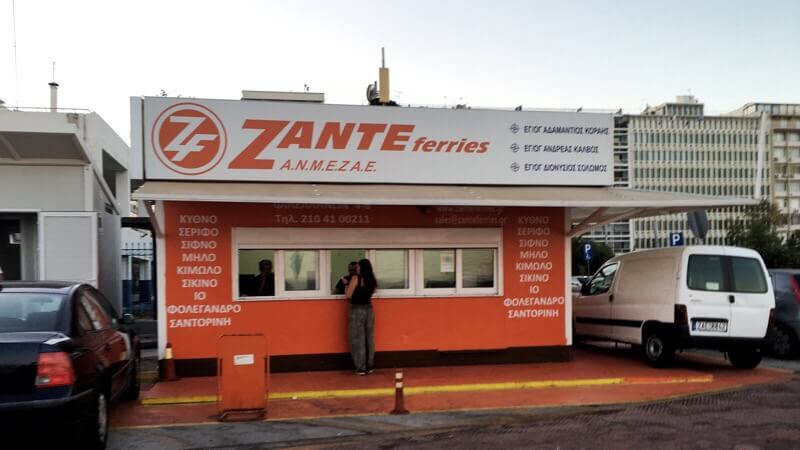
The boat was conveniently at the same gate, and they’d started boarding the ship long before I showed up. The crew member tore my ticket in half and directed me up the escalator.
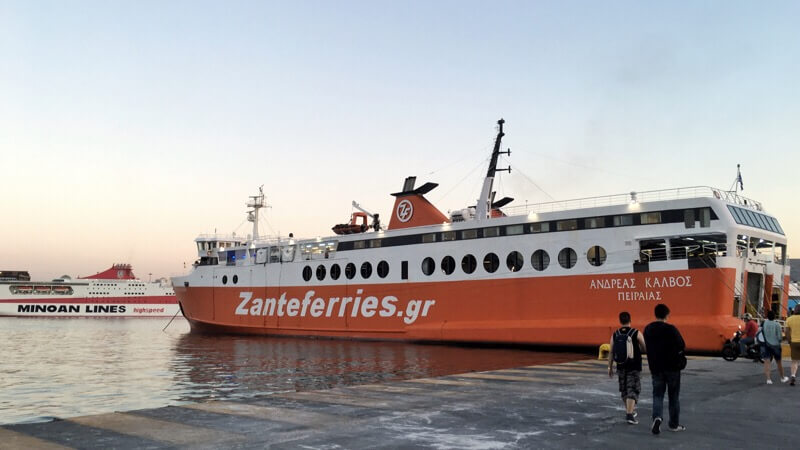
I didn’t have a reserved seat, so I found an unoccupied corner of a semi-circular booth next to a Greek couple. They also had a food and drink counter in case you forgot to bring your own stuff.
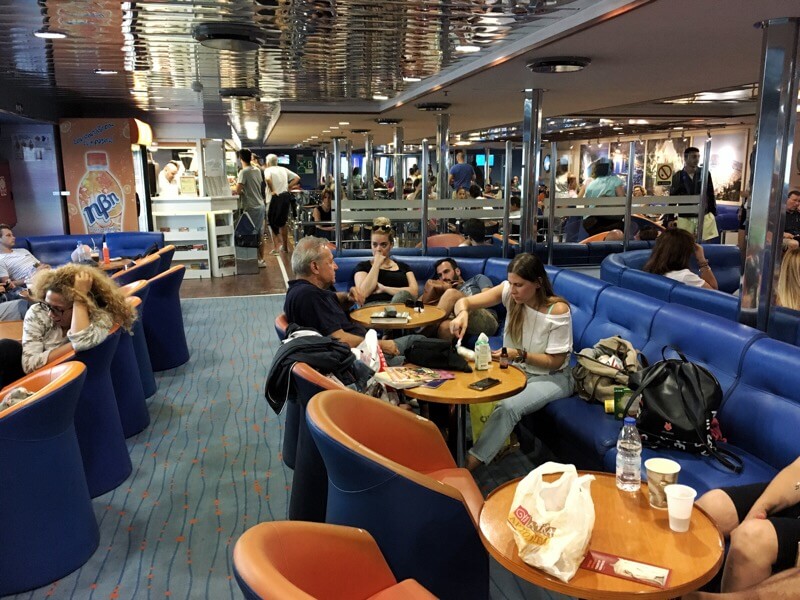
However, I had grabbed a spinach pie (€1.90) from one of the bakeries at the port before hopping on board. It was very satisfying, and I’m glad that I took the time to get it!
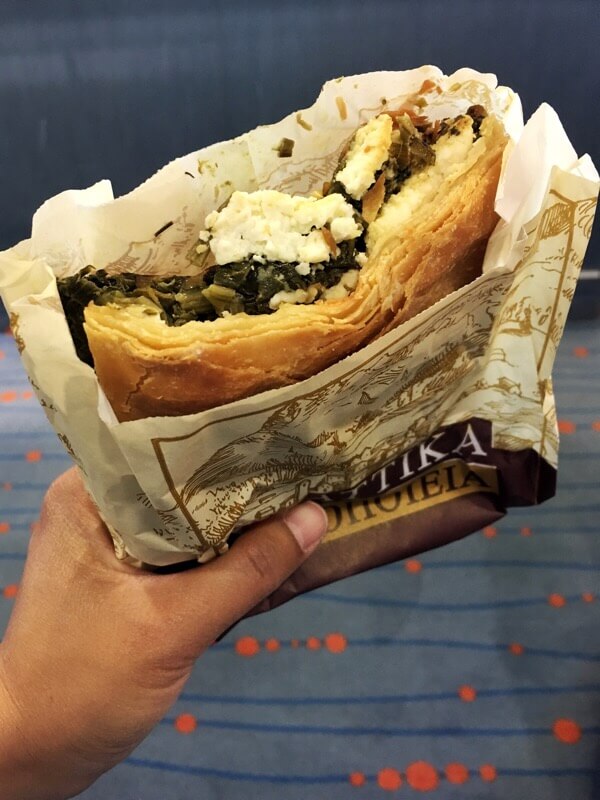
The ferry arrived half an hour later than scheduled, so the passengers were eager to disembark and get on with their day.
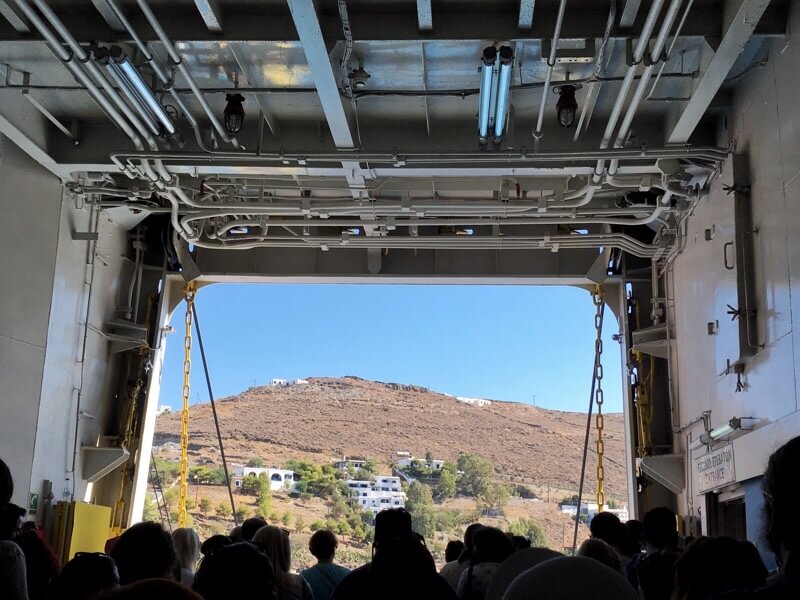
Kathy and Chris (my college friend Argyrios’s parents) were waiting for me at Merihas, Kythnos’s port. They told me that the road we were driving on is actually landfill: the sea used to come right up to the merchants’ houses so that they could accept stock on the ocean side and distribute it on the land-locked side. However, the infrastructure in place still isn’t intended to support so many cars coming from and going to the pier at the same time, so it was a bit chaotic before we left the port area.
We stopped briefly at a grocery store at the port to see if they had vlita in stock (a green veggie that is a typical, edible Greek weed) so that Kathy could prepare it for lunch and have me try it. Then we started our 16km drive to their 25-acre property on the southwest side of the island. The last 3km was unpaved road before we reached their property gates.
On the way, I asked about the stone huts and dry-laid walls, and Chris told me that they were used as shepherd huts, though most are probably now abandoned. Residents used to grow barley and rye as animal feed for their goats and milked them daily. There are two main villages on the west side of Kythnos, but the shepherd huts allowed the peasants to stay overnight near their terraces and goats to do intensive, seasonal work without having to trek back and forth from the villages. Most peasants have stopped making money via agriculture as Kythnos becomes more touristy: instead, they usually have 5-7 rooms available for rent during the summer months, and in one of the months, all of the rooms are usually fully booked.
Look for my post about Kathy and Chris’s house to continue the adventure.